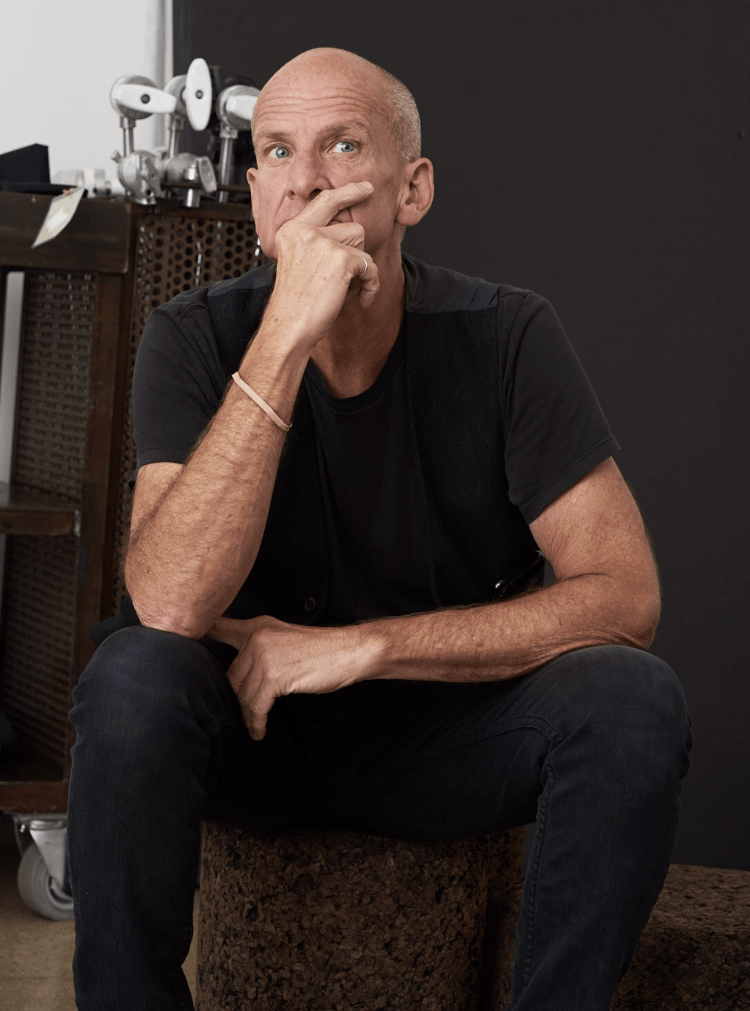WINDOW WIZARD: CATCHING UP WITH VISUAL MAGICIAN TOM BEEBE


In this age of information overload with zillions of impressions bombarding us every minute, a truly compelling image is often all we remember at the end of the day. And few people have created more compelling images than Tom Beebe. His creative journey has included memorable sojourns at Bergdorf Goodman, Neiman Marcus, Paul Stuart, Tiffany, Fairchild/Condé Nast, Hart Schaffner Marx, Hickey Freeman and more. A recent project involved taking 39 years of Gene Moore’s Tiffany windows to the Smithsonian archives (Moore was Beebe’s mentor and remains his inspiration: “He taught me that your work is a reflection of everything you are.”)
Here, MR catches up with Beebe on how visual merchandising has changed and what’s needed today.
Q: In a nutshell, how important is visual merchandising in the retail world today?
A: It’s at the top of the list. All we hear about these days is that shoppers are not consumers, they’re participants. That retail is all about entertainment, street theater, innovation, branding. And all of this is visual.
Q: Other than to make the sale, what is the goal of great visual presentation today?
A: The goal is to stop people in their tracks and grab them. The reward is that the product and/or brand be front and center in the shopper’s mind to create a lasting impression and enhance the image of that store or brand. The street window is the billboard of the brand and if the team has done its homework from the archives, the presentation (however modern) reinforces the brand’s DNA. So a great window not only sells but also educates. Of course, the greater goal is to get them past the window and into the store. So, every detail, from the doorknob on, must reinforce the store/brand DNA. Every corner counts!
Q: Can you give a few examples of retailers who are doing it right?
A: John Derian recently opened a shop on Christopher Street in the West Village. He created a world where his merchandise is king, but in a shop, one could live in. Nike Soho has created a sports world that perfectly reflects its DNA: their merchandise is cleverly presented throughout the store, allowing shoppers to live the Nike lifestyle as they travel the store and ultimately arrive at the top floor—and a basketball court!
Another important trend today is store windows open to the street so passersby can see inside the store. Bergdorfs has done this with their 58th Street center window, open to view accessories. And Macy’s has done it with a 34th Street window open to the cosmetics area. Givenchy on Madison Avenue is an open shop, where passersby feel the energy of the brand when they gaze in. And Calvin Klein on Madison also communicates the interior experience to the outside world via windows rather than walls.
[metaslider id=”146516″]
Q: Tell us about the recent pop-up shop that you worked on for Bluefly.
A: We created a nine-foot red handbag as the centerpiece of a raw space experience in Midtown. It stopped people in their tracks and became an Instagram event. The pop-up world continues to grow because it’s street theater, interactive and a great branding tool.
Q: What are some lessons you learned from your iconic mentors?
A: Gene Moore called his five Fifth Avenue windows at Tiffany’s “the best art gallery in the world” and would often say, “I am my window and my window is me.” Cliff Grodd from Paul Stuart believed that “Wit is the voice of style” and he taught me that the secret of luxury menswear is a touch of humor. The drama of dark windows with great lighting became the signature of Paul Stuart street theater.
Q: Is this still important in menswear today?
A: More than ever. Male shoppers these days know their style, their best looks, and which brands they want so retailers need only fuel that fire. As visual merchandisers in an era of entertainment, we have the keys to the kingdom.
—
Editor’s note: Tom Beebe can be reached at tombeebenyc@gmail.com.


